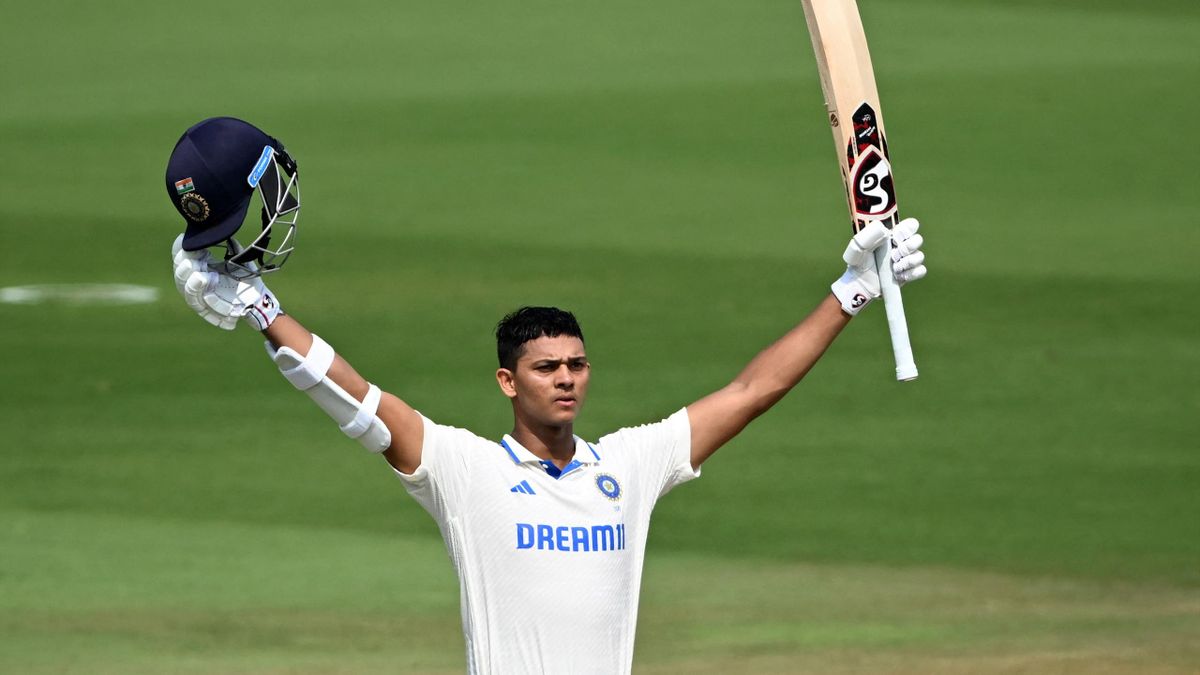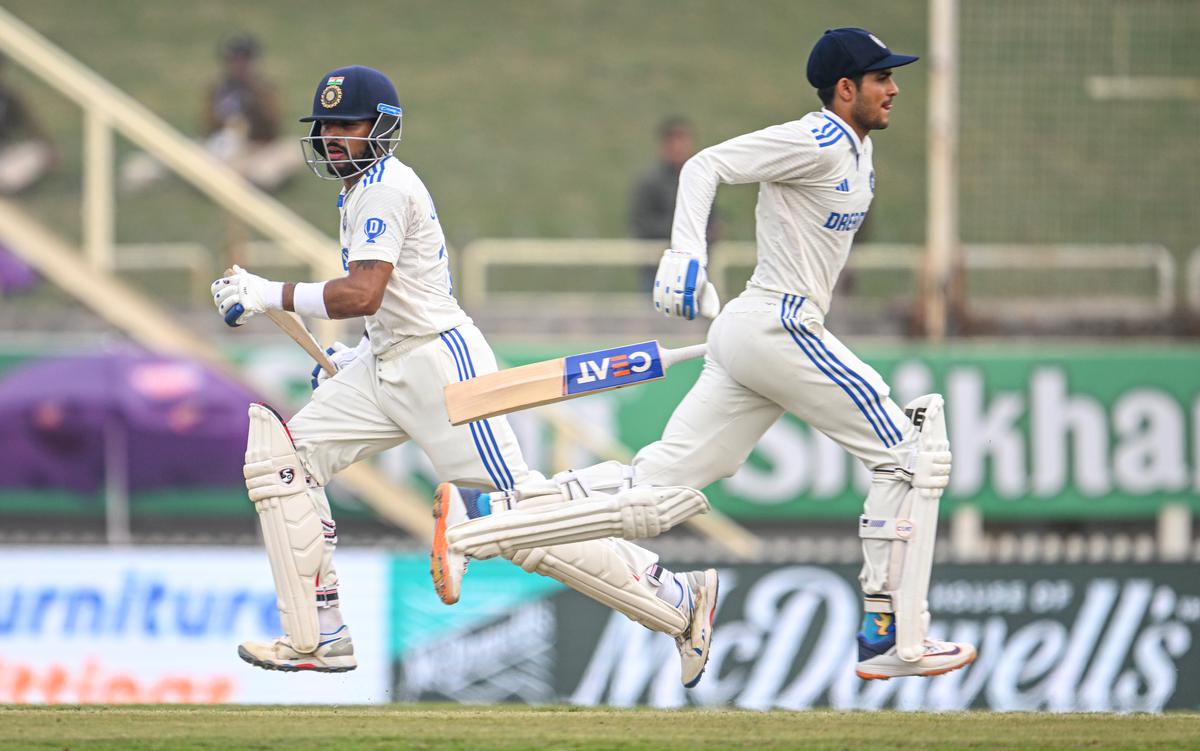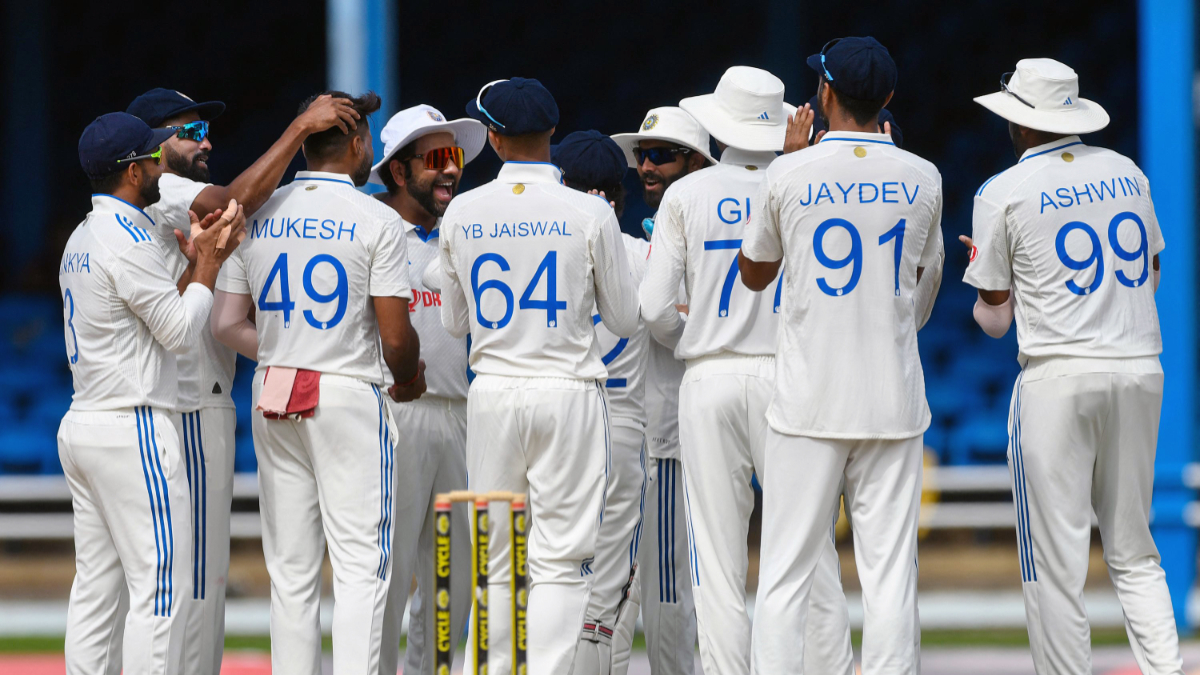The latest cricketing showdown between Ind and Eng in the 4th Test match of their series unfolded with drama, strategy, and nail-biting moments that kept fans on the edge of their seats. With India clinching the series 3-1 at the JSCA International Stadium in Ranchi, this victory not only highlighted their dominance on home soil but also showcased moments of brilliance and areas of improvement for the Indian cricket team. As we delve into the strategic intricacies of this match, we uncover two pivotal mistakes and a masterstroke that shaped the outcome of this gripping encounter.
Ind seal Test series against England with five-wicket win in Ranchi and now have taken an unassailable 3-1 lead in the five-match series.

The Chessboard of Day 4: Missed Opportunity for Innovation in Batting
On the decisive Day 4, with 152 runs for the taking and all wickets intact, India was positioned for a straightforward chase. The opening duo of Rohit Sharma and Yashasvi Jaiswal gave Ind a solid start, but their dismissals opened a tactical Pandora’s box. The situation was ripe for a creative shuffle in the batting order, a chance to adapt and optimize the batting to suit the day’s best conditions. Promoting hitters like Rajat Patidar or Sarfaraz Khan, or even bringing in Ravindra Jadeja for a strategic left-right combo, could have capitalized on the morning’s favorable batting conditions. However, this potential strategy was left unexplored, leading to a moment of critique despite India’s eventual triumph.

India’s Masterstroke: Gill and Jurel’s Partnership
In contrast to the tactical misstep, India‘s innings was adorned with a masterful partnership between Shubman Gill and Dhruv Jurel. Faced with a pitch that began to show its teeth, with uneven bounce becoming a significant challenge, Gill and Jurel opted for resilience over rashness. Their decision to focus on singles and doubles, leveraging precise footwork against the spin and bounce, showcased a mature approach to batting. This partnership was not just a stand between two batsmen; it was a testament to the strategic depth and patience within the Ind lineup, ultimately steering India towards a memorable victory.

A Delayed Gambit: Kuldeep Yadav’s Underutilization
The match also highlighted a strategic oversight in the utilization of Kuldeep Yadav, India’s frontline spinner. Despite a promising setup for spin bowling, Yadav was introduced into the attack much later than anticipated, at a point when England’s Joe Root had already found his rhythm. This decision, or lack thereof, meant that Ind could not fully exploit the spin-friendly conditions early in the innings, allowing England to build a formidable first-innings total. The underutilization of Kuldeep Yadav serves as a critical reminder of the importance of timely and strategic bowling changes in Test cricket.

Conclusion: Strategic Insights and Forward-Looking Thoughts
As we reflect on India’s performance in the 4th Test against England, it becomes clear that cricket, much like chess, is a game of strategic depth and foresight. The decisions made on the field, from batting orders to bowling changes, can significantly impact the outcome of a match.
India's Biggest Test Wins
434 runs vs ENG at Rajkot (2024)*
372 runs vs NZ at Wankhede (2021)
337 runs vs SA at Delhi (2015)
321 runs vs NZ at Indore (2016)
320 runs vs AUS at Mohali (2008)#INDvsENG pic.twitter.com/YAFp1cpC6D— 𝑺𝒉𝒆𝒃𝒂𝒔 (@Shebas_10dulkar) February 18, 2024
While Ind series victory is a testament to their skill and tenacity, the insights gained from analyzing their strategic choices provide valuable lessons for future encounters. As Team India looks ahead to the Dharamsala Test and beyond, the blend of strategic mastery and learning from past engagements will undoubtedly be key to their continued success on the global stage.

